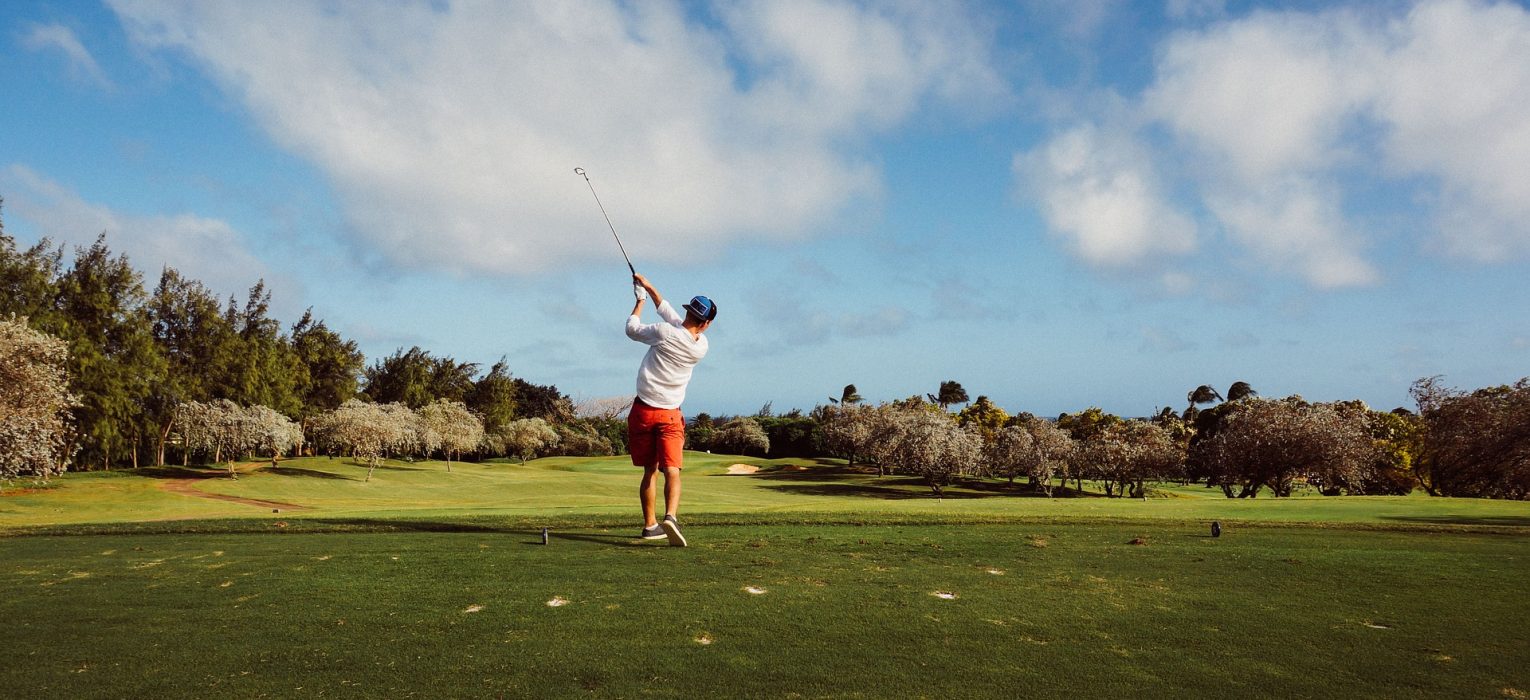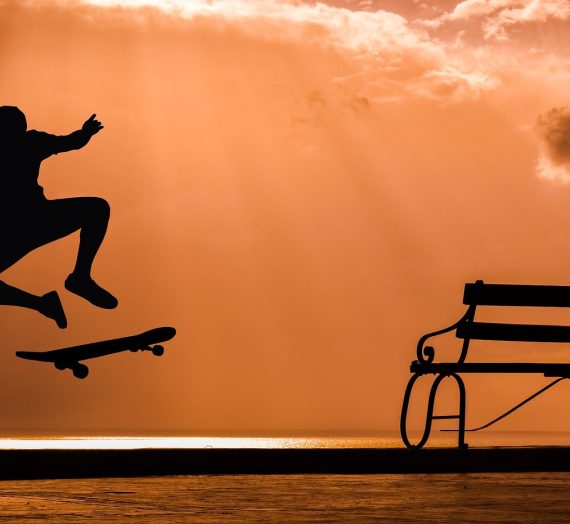Ace, clubs, drivers, par, eagle, birdie, we are not talking gibberish, we are talking golf. These are all terminologies which are used in golf and which may be foreign for someone who does not understand the game. Let’s get you prepared to be on the golf course.

You definitely know now by watching golf maybe on TV, that it’s a sport where you hit the ball with a stick and put it in a hole. As simple as it sounds it is not. The word sport itself conveys that there are rules you need to stick to. However, I am pretty sure you want to know about the sport in detail if you are looking to begin. Here’s a beginner guide for you.
Golf is most popular in countries like Australia, the US, England, New Zealand, Canada and a few more.
Golf Course
There are no set standards for the golf course unlike other sports where the measurements have to accurate. Coming up with different terrains on different courses makes it all the more interesting. There are different parts to a golf course like the tee box, fairway, bunker, water hazard, rough, putting green and finally the hole.
About the game
Before you prepare for golfing you definitely want to know about the game. Usually the game is played on a course with the advancement of 18 holes, however, there is also a 9 hole variant to the game for recreational purposes. The game starts at the tee box and ends at the putting green. Now, this is where the hole is. The modern golf game originated in the 15th century in Scotland. There are 4 major men’s championships that are held in the world namely The open championship, also known as the British Open, the Masters, the US Open and the PGA Championship. If you want to know more details of the game, you can definitely get a golfing guide.
The clubs
By clubs, I don’t mean the clubs where you can dance drink and party. The sticks or you may most likely call it a bat or a bait is actually called clubs. The golfer is allowed to carry a maximum of 14 clubs on the course and there are different types of clubs used at different stages of the game.
The different kinds of clubs are woods, iron, wedge, hybrid, and putter. The wood is used at the beginning of the game where the golfer places the ball on a tee and hits it with the wooden club or driver to cover a long distance at the first impact. Iron clubs are used for hitting towards the green usually from 120–190 yards away. The Hybrid club is used for getting shots of 150+ yards airborne. Wedges are used for hitting shots from sand bunkers or from near the green. Lastly, the putter is used for Rolling the ball into the hole after it’s on the green.
Golf scoring language is a little difficult to understand until the time you get used to it. You may hear terms like Ace, Albatross/double eagle, eagle, birdie, par and a few more.
- Ace means the hole in one,
- Albatross/double eagle means Three strokes under par on a hole
- Eagle is Two strokes under par on a hole
- Birdie is One stroke under par on a hole
- Par: Score a good player would expect to make on a hole or round
As the discussed earlier driver is the most important of the golf clubs and here are a few best drivers for beginners.
- Callaway Golf 2017 Men’s Great Big Bertha Epic Driver – Most forgiving driver
- Callaway Men’s XR 16 Driver – Best drivers for high handicappers
- TaylorMade Men’s M2 460cc Driver – Best drivers for slicers.
- Cobra Men’s Fly Z Driver – Best drivers for distance
Beginners should not try to buy or use drivers initially they believe their favorite golfer uses because there are a lot of factors that determine what is the best driver for beginners.
The most important thing to talk about when you are just starting to play golf is the most forgiving driver. Since they have a larger face they make sure that the ball spins less and your shots go straight down the fairway. This is what the beginners should aim at. The best modern drivers are made of titanium, but if you are a budget constraint, you can also go for the steel ones.
Majenica
"Time spent with cats is never wasted." ~ Sigmund Freud


